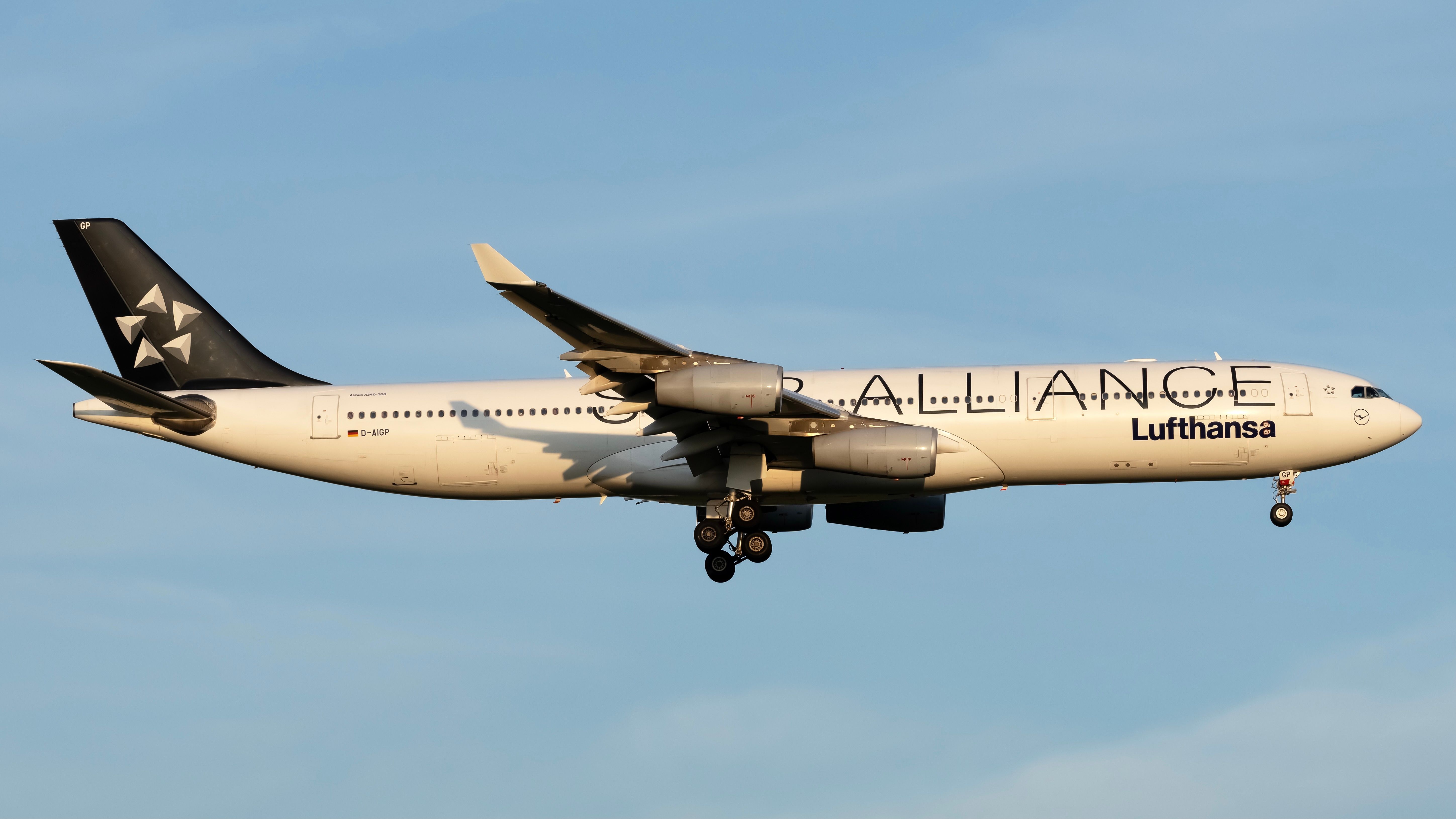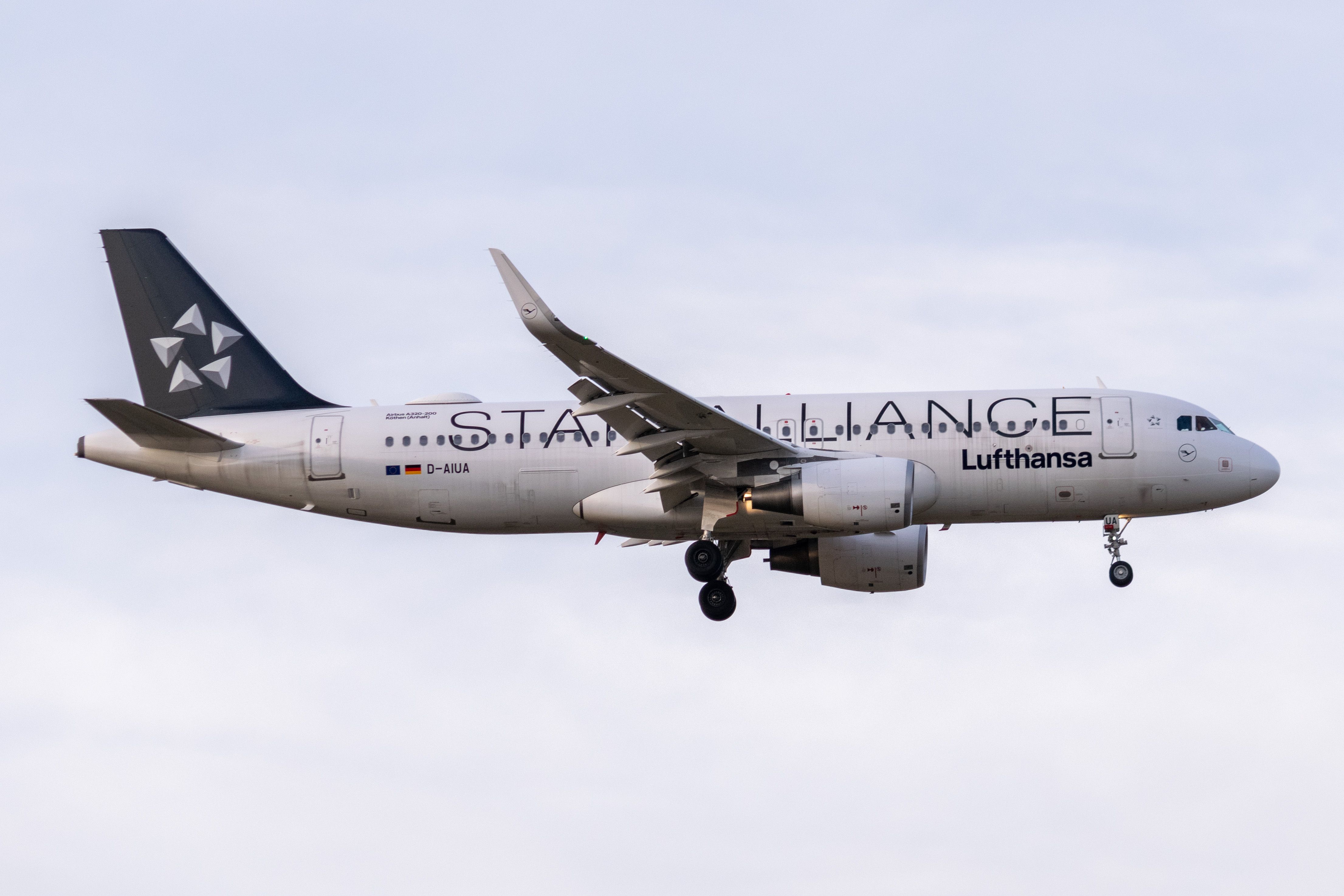Summary
- Star Alliance, founded in 1997, is the world's largest airline alliance with 26 carriers, offering seamless connectivity and vast networks for global travel.
- Member airlines enter agreements to carry passengers on partner flights, allowing travelers to book multi-stop journeys with ease.
- Elite status is a major benefit of joining Star Alliance, offering perks like priority check-in, extra baggage, and lounge access.
Star Alliance is the world's largest airline alliance by passenger numbers and membership. With 26 carriers from around the globe, members can offer seamless connectivity and vast networks. Here's a starter guide to Star Alliance with everything you need to know!
The founding
Star Alliance was founded on May 14th, 1997, by five airlines: United, Lufthansa, Air Canada, SAS, and Thai. While airline agreements existed far before this, this group became the first airline alliance in the world. The carriers aimed to offer their passengers the opportunity to travel to any major city globally without needing separate tickets.
The alliance allowed the five (and now 26) airlines to enter various agreements to carry passengers on their partner flights. This means passengers can book flights with Lufthansa to fly from Newark to Frankfurt on United and then onward to Istanbul with Turkish Airlines. This deep integration allows airlines to offer thousands of cities in their route map without flying all the sectors and instead handing off to another alliance partner.
You might also be familiar with the livery of Star Alliance. Every member carrier paints some of their fleet in the unique black and white livery with a five-star tail. While carriers can make modifications, and no two members' planes look the same, the aircraft are distinct in their appearance.
Current members
As mentioned, Star Alliance has steadily grown its membership from five to 26 in the last quarter-century. While carriers have come and gone, the alliance continues to have the most members compared to rivals SkyTeam) and oneworld. Here's a list of the current members:
- North America: United and Air Canada
- Europe: Aegean Airlines, Austrian, Brussels Airlines, Croatia Airlines, LOT Polish Airlines, Lufthansa, SAS, SWISS, and TAP Portugal.
- Asia: Air China, Air India, ANA, Asiana, EVA Airways, Juneyao Airlines, Shenzhen Airlines, Singapore Airlines, THAI, and Turkish Airlines
- Africa: EgyptAir, Ethiopian Airlines, and South African Airways
- Latin America: Avianca and Copa Airlines
- Oceania: Air New Zealand
Former members include:
- Adria Airways
- Avianca Brasil
- TAM Airlines
- US Airways
- TACA Airlines
- Blue1
- British Midland International
- Continental Airlines
- Spanair
- Shanghai Airlines
- VARIG
- Mexicana
- Ansett Australia
Star Alliance's strong presence in North America, Europe, and East Asia makes the alliance a favorite for many. Travelers can fly to any continent in the world with Star Alliance members, although there might be limitations in reality. Moreover, for those who do fly with the alliance, there are some lucrative benefits.
Elite status
Perhaps the biggest benefit for frequent flyers joining an airline alliance is the elite status that can be earned. Depending on the airline you build loyalty with and the alliance, benefits range from extra baggage to free lounge access for you and a guest. Star Alliance offers two levels of status for members: Silver and Gold.
It's important to note that you cannot earn Star Alliance benefits directly. Instead, you must build loyalty with any member airline that will offer you elite status upon meeting certain requirements. Benefits vary by airline, but Star Alliance guarantees the following:
Silver
- Priority Reservations Waitlist
- Priority Airport Stand-By
Silver benefits aren't extraordinary and mostly ensure that you get priority over other passengers in some cases. However, nearly every airline offers their silver-equivalent members perks like priority check-in, and some even offer access to a business class lounge!
Gold
- Gold Track for priority security and immigration (select airports)
- One extra bag or 20 kg of extra baggage
- Airport Lounge Access (usually with a guest too)
- Priority check-in and boarding
Things get a lot better once you achieve gold status with any Star Alliance member. Passengers get priority access at check-in, security, and immigration, hence cutting down the airport time by a lot. Lounge access and extra baggage also come in handy during long trips or layovers. Moreover, achieving gold with any airline comes with several more benefits, possibly including upgrade vouchers, miles, and much more.
Love aviation history? Discover more of our stories here.
Airline hubs
Each Star Alliance member has its own hub for its flagship routes and connecting passengers. However, some airports have emerged as particularly larger connecting hubs for the alliance.
Star Alliance is currently headquartered at Frankfurt Airport, which is also its largest hub. Home to Lufthansa, the airport also offers thousands of connections from other airlines in the Lufthansa Group and is served by nearly a dozen alliance airlines.
There are several more notable hubs, according to anna.aero. These include Istanbul Airport, Tokyo Haneda, Chicago O'Hare, and Beijing Capital Airport. All of these airports are home to major member airlines and see flights from other carriers, too. While connecting through any of these airports, rest assured you can expect easy and multiple connections.
We'd love to see you on Instagram - follow us here!
Changes coming
According to Statista, Star Alliance held an approximate 17% share of airline passenger capacity as of late 2022. In comparison, SkyTeam held around 13%, and oneworld held 12%. The combination of domestic and international passengers among its 26 airlines allows the alliance to maintain its lead and has seen it grow drastically in the last 25 years.
However, no alliance can afford to rest on its laurels. The coming years will see some changes at Star Alliance. The most notable will be the exit of Asiana Airlines when it merges with SkyTeam founder Korean Air. This may impact the alliance's presence in East Asia and the Korean domestic market. Going forward, the reliance on ANA, Singapore Airlines, and Thai Airways may be renewed to tackle the larger Korean Air's international market share.
Nonetheless, the merger has been met with several roadblocks since the announcement was made. Currently, South Korean banks are even lining up backup plans if the merger falls through amid ongoing opposition, particularly from competition authorities.
Star Alliance is continuing to go from strength to strength in this era of regrowth across the industry. Just this week, it inaugurated a new 1,300 square meter lounge at Paris Charles de Gaulle Airport. The group hopes to provide a premium but comfortable space for its passengers passing through the busy French hub.
We are already seeing member airlines try and make the most of this busy period. For instance, United is offering a 30% transfer bonus from hotel programs with its MileagePlus scheme. Additionally, just last month, Star Alliance members added seven long-haul routes on a single day, highlighting its continued strength in the market.
Love learning about points and miles? Read more of our loyalty news and guides here.
All in all, Star Alliance can pat itself on the back for flying the most passengers globally and its wide membership. However, things change quickly, and the alliance will have to continue growing in this period of recovery.
What do you think about Star Alliance? What do you make of the history of the group over the years? Let us know what you think of the overall journey in the comment section.


